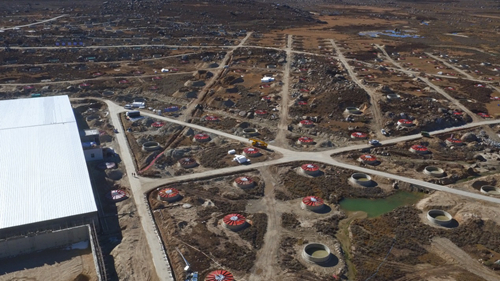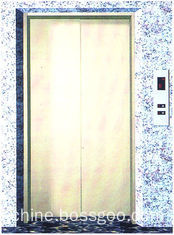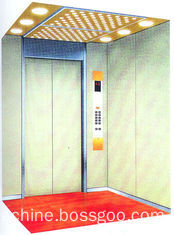The high-altitude cosmic ray observatory's scorpion detector completes the 2018 installation task
[ China Instrument Network Instrument Development ] On November 10th, the high altitude cosmic ray observatory (LHAASO) scorpion detector installation team successfully completed the detector process exploration and installation tasks in 2018.

The cosmic rays are the only material samples outside the solar system that exist on Earth. Since the discovery of the cosmic rays in 1912, humans have never discovered their origins, and many basic scientific problems cannot be solved. LHAASO can be used to detect cosmic rays.
The LHAASO project is a national major science and technology infrastructure project initiated during the “Twelfth Five-Year Plan†period. It is independently researched and developed by China. In December 2015, it was approved by the National Development and Reform Commission. The total investment is about 1.2 billion yuan, of which the application for state investment is 900 million yuan. The province has arranged supporting funds of about 300 million yuan for the project.
The detector array of this station is designed in three parts: an array of ground shower particles consisting of 5,195 electromagnetic particle detectors and 1,171 scorpion detectors; 78,000 square meters of water Cherenkov detectors, divided into 3000 The detection unit is installed in the detector "pool" described above; 12 wide-angle Cherenkov telescopes.
Among them, the scorpion has a strong penetrating ability and can penetrate up to a kilometer of rock, so it can image large, difficult-to-penetrate things, and it is impossible for electrons, photons and other particles to penetrate these substances. Therefore, the use of scorpion is mainly used to distinguish the cosmic ray background in gamma ray, thereby greatly improving the sensitivity of LHAASO gamma ray detection. It is understood that the scorpion detection technology has been a major discovery in the Egyptian pyramid.
As a very important instrument, most of the work of installation, debugging and performance research of the tweezers detector needs to be done in the field environment. Therefore, the tweezers detector group needs to complete the engineering installation task while completing the detector process exploration. The task is tight and difficult.
With the joint efforts of the various cooperation units, the detector team members successfully completed the installation of 50 detectors this year. After testing, the performance indicators of the unit detector all meet the design requirements. At the same time, after this year's test, the detector team successfully explored a large-scale continuous engineering installation process, providing technical support for the installation of more than 1,000 scorpion unit detectors.
(Source: Xinhuanet, Institute of High Energy Physics, Science and Technology Daily)
Elevator Cabin Decoration
- Passenger Lift Decoration
- Passenger Lift Decoration
- Elevator Decoration/Colorful/Print Logo
product
- Elevator Decoration , Lift / Elevator Cabin Decoration
- Two Speed Landing Door , Elevator Decoration HB0902B
- Elevator Decoration Two Speed Center opening Landing Door
- Passenger Elevator Car , Elevator Decoration 450kg Rated Load QK1001
- Goods Elevator Cabin , Cargo Lift / Elevator Decoration , QH2000
- Lift / Elevator Decoration , Observation Elevator Car
Luxury decoration villa elevator


Elevator Cabin Decoration
Elevator Cabin Decoration, Elevator Decoration, Lift Cabin Decoration
Ningbo Xinda Elevator Traction Technology Co., Ltd. , https://www.nbelevator.de